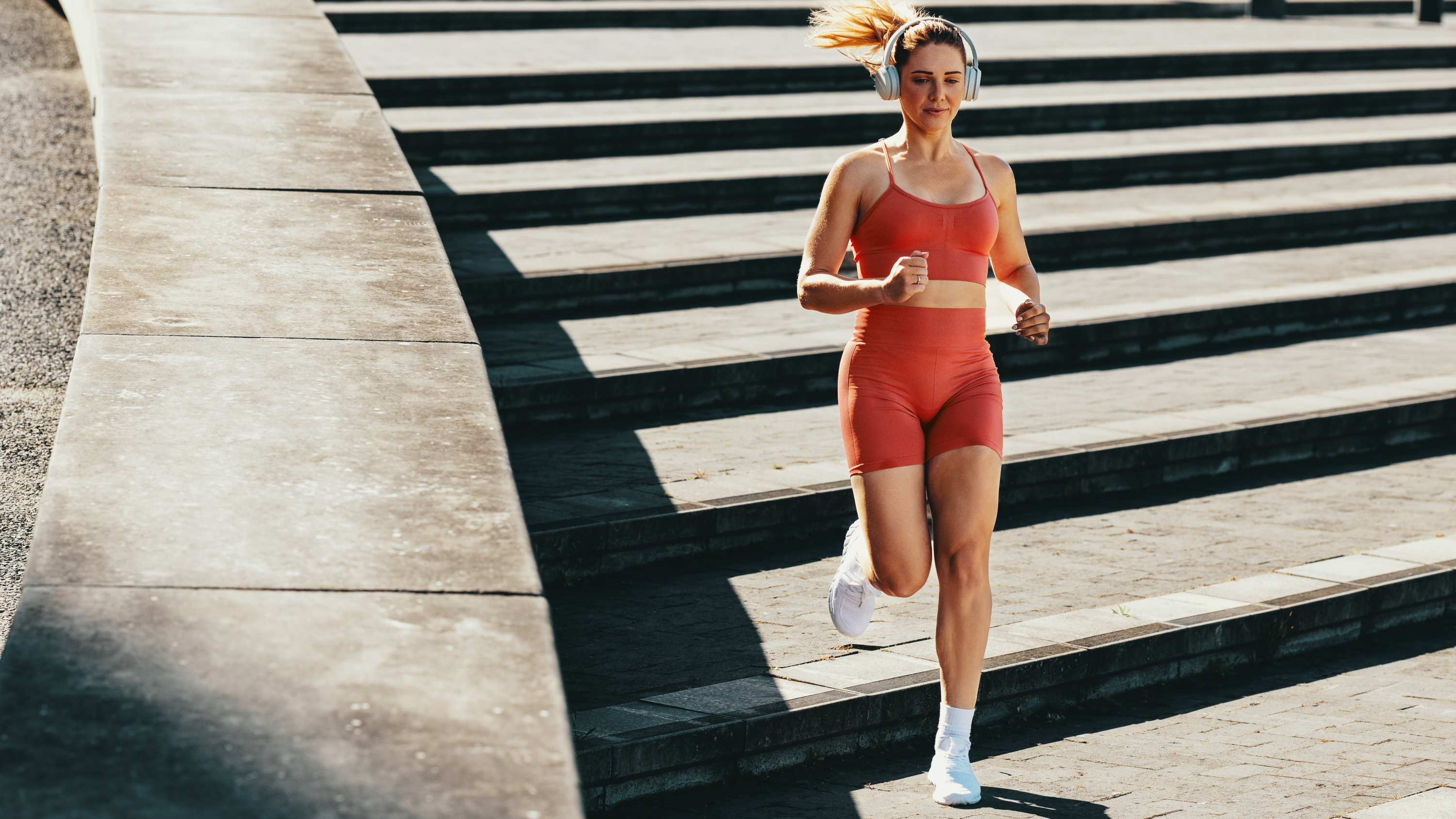
Runner’s knee can be a real buzzkill when all you want to do is get out and move. Whether you're a casual runner or gearing up for a big race, knee pain isn’t something you should just accept. The good news? You don’t have to.
Strength training is one of the best ways to rehab and prevent runner’s knee, keeping you strong, pain-free, and ready to log more miles.
Now before you hit the gym, load up the weights, and get stuck into squats and deadlifts, you'll need some pointers on what kind of strength exercises are most beneficial for runners and more specifically preventing runner's knees.
I can't think of anyone better to help than physiotherapist and rehab and strength coach for runners, Jimmy Pipe. He has five go-to exercises that he swears by, having used them himself to overcome runner's knee and keep it from returning.
It does require a couple of key bits of equipment and in my experience is best done in a gym setting rather than at home. Pipe uses a barbell, weight plates, dumbbells and resistance bands. He uses the longer tube like style bands, if you don't own this style of band, check out our guide to the best resistance bands.
Watch Jimmy Pipe’s 5-Move Strength Routine for Runner’s Knee
- Banded Terminal Knee Extension
- Spanish Squats
- Poliquin Step Down
- Front-Foot Elevated Lunge
- Reverse Nordic Curls
For the banded exercises in this routine, you’ll need a sturdy anchor point to secure your band and create resistance. A squat rack, the side of a pull-up station, or even a heavy piece of gym equipment should work well. Just make sure whatever you use is stable and won’t move under tension.
If you watched Pipe’s demonstrations in the video above, you’ll notice he loads the barbell quite heavily for the front-foot elevated lunges. If it’s your first time trying this move or you’re not experienced with weightlifting, start by performing the exercise without a bar. Once you’re comfortable with the movement, you can then look to add on some weight gradually, starting light.
But don't get too caught up with how heavy you are lifting. Strength training for runners is typically lighter, more functional, and has a larger focus on endurance and injury prevention. Whereas general strength training is heavier and broader, and places emphasis on muscle growth and maximal strength.
How does strength training help runner's knee?
Runner’s knee, or patellofemoral pain syndrome, is a common overuse injury that causes pain around the kneecap. Research shows that strengthening the thigh and hip muscles can help relieve pain and prevent future issues.
When you strengthen the muscles around your knees, hips, and legs, you reduce strain on the knee joint and improve alignment. This helps take pressure off the knees, reduce pain and improve alignment, so your knee moves more efficiently.
Speaking of alignment, wearing the best running shoes for your gait and running style can also help prevent knee injuries. The wrong pair can leave you without the support and cushioning you need and put extra strain on your knees.
One final thing, if you're experiencing knee pain and it is severe or persistent, it’s best to get it checked by a professional before trying these exercises. While strength training can help prevent a runner’s knee, it’s not necessarily a cure for existing injuries, and pushing through pain could make things worse.







